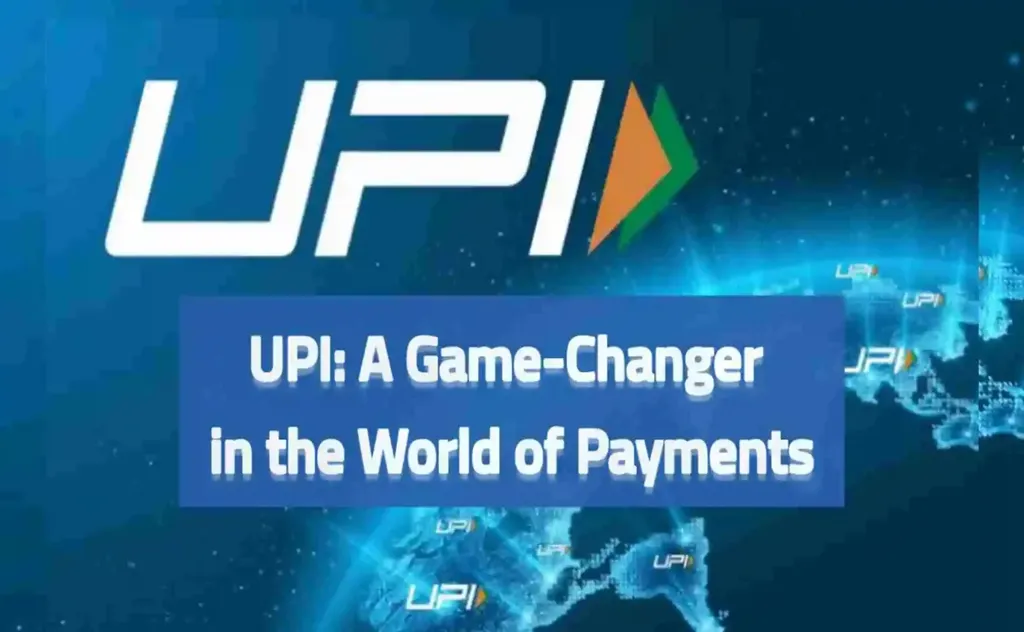
UPI: A Game-Changer in the World of Payments
What is UPI?
UPI stands for Unified Payments Interface. It is an instant real-time payment system developed by National Payments Corporation of India (NPCI) facilitating inter-bank peer-to-peer (P2P) and person-to-merchant (P2M) transactions.
The interface is regulated by the Reserve Bank of India (RBI) and works by instantly transferring funds between two bank accounts on a mobile platform.
UPI is a popular digital payment method in India with 200M+ users. Individuals, businesses, and government use it for payments of goods and services.
UPI Features
UPI is a convenient, secure, and affordable way to make payments. Transactions are protected by two-factor authentication, and NPCI has a strong track record of security. There are no charges for making UPI payments within the same bank, and the charges for making UPI payments to other banks are very low.
- Convenient: You can make payments with just a few taps on your phone.
- Secure: Transactions are protected by two-factor authentication.
- Affordable: There are no charges for making UPI payments within the same bank, and the charges for making UPI payments to other banks are very low.
Here are some of the ways you can use UPI
- To make payments to merchants: You can use UPI to pay for goods and services at online and offline merchants.
- To send money to friends and family: You can use UPI to send money to friends and family members.
- To pay bills: You can use UPI to pay utility bills, credit card bills, and other bills.
- To recharge your mobile phone: You can use UPI to recharge your mobile phone.
- To book movie tickets: You can use UPI to book movie tickets.
- To donate to charity: You can use UPI to donate to charity.
Here are some of the drawbacks of using UPI:
- Not all banks support UPI.
- Not all merchants accept UPI payments.
- There is a limit on the amount of money that can be transferred using UPI.
UPI In Other Countries
UPI is also being adopted by other countries around the world. In 2022, the NPCI signed memorandums of understanding (MoUs) with 13 countries, including France, the UAE, Singapore, and Bhutan. These MoUs pave the way for the adoption of UPI in these countries.
Here are some of the countries where UPI is already available:
- Australia
- Bahrain
- BENELUX markets (Belgium, the Netherlands, and Luxembourg)
- Cambodia
- Canada
- France
- Malaysia
- Nepal
- Oman
- Qatar
- Saudi Arabia
- Singapore
- South Korea
- Switzerland
- Thailand
- UAE
- Vietnam
The NPCI is also in talks with other countries, such as the UK, the US, and Canada, about adopting UPI.
The adoption of UPI in other countries is a major milestone for the NPCI. It shows that UPI is a scalable and reliable payment system that can be used by people all over the world.
Benefits of UPI in Other Countries:
Here are some of the benefits of using UPI in other countries:
- It is a secure and convenient way to make payments.
- It is a fast and efficient way to send and receive money.
- It is a low-cost way to make payments.
- It is a flexible payment method that can be used for a variety of purposes.
If you are living in a country where UPI is available, I encourage you to try it out. It is a great way to make payments and send money to friends and family.



